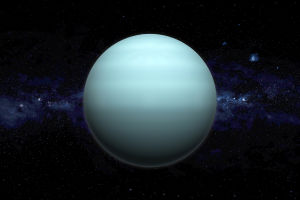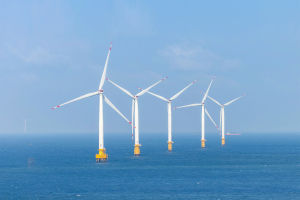The climate crisis is reshaping Earth's glaciers in irreversible ways.
These massive ice bodies, sculpted naturally over thousands of years, are now retreating at an unprecedented rate due to rising global temperatures, significantly altering landscapes, ecosystems, and human communities.
The melting of glaciers due to climate change has numerous impacts that extend far beyond these icy regions, affecting the entire world.
1. Causes
The fundamental cause of glacier melting is the increase in global temperatures.
As the atmosphere and oceans warm, the heat absorbed directly leads to a reduction in glacier mass. Industrial activities have led to significant emissions of greenhouse gases like carbon dioxide and methane, which trap heat within Earth's atmosphere, intensifying climate shifts and accelerating glacier retreat, especially in vulnerable regions such as the Arctic, Andes, and Himalayas.
2. Global Glacier Retreat
Glaciers are shrinking worldwide, affecting numerous mountain ranges and polar ice caps. In the Himalayas, known as the "Third Pole," glaciers provide water for millions.
Research indicates that the Himalayas have lost about a quarter of their ice mass over the past century. In South America, the glaciers of the Andes are melting rapidly, threatening local livelihoods and ecosystems as they supply water for cities and agriculture.
3. Impacts
One of the most concerning consequences of glacier melt is rising global sea levels. As glacier mass decreases, meltwater flows into the oceans, raising sea levels.
This process is cumulative and irreversible, resulting in coastal flooding, shoreline erosion, and an increased risk of storm surges and extreme weather events. Current estimates show that even partial melting of the Greenland and Antarctic ice sheets could raise sea levels by several meters, displacing millions of people in low-lying areas and endangering essential infrastructure.
The effects are not limited to coastal areas. Sea-level rise alters entire marine ecosystems, changing salinity levels, affecting marine species distribution, and disrupting global ocean currents. These shifts can have profound implications for global climate patterns and fish stocks, highlighting the cascading effects of glacier melt on the broader environment.
4. Potential Adaptation Strategies
While reversing glacier melt is challenging, there are strategies to slow this process and mitigate its impact.
A crucial step is reducing greenhouse gas emissions through clean energy transitions, improved energy efficiency, and sustainable transportation. Policies to reduce air pollution, such as controlling black carbon emissions, can also help slow glacier melt by protecting the reflective properties of snow and ice.
For communities directly impacted by glacier melt, adaptive measures are vital. Improved water resource management, conservation strategies, and investment in alternative water sources are particularly important for areas that depend on glaciers for water. International cooperation, research, and public awareness campaigns play essential roles in mobilizing resources and fostering a sustainable future.
The impact of climate change on glaciers serves as a powerful reminder of our interconnectedness with natural systems and how human activities can rapidly disrupt them. Only through immediate and sustained action can we hope to mitigate the far-reaching effects of glacier melt and preserve the delicate balance of our planet.


